The increasing number of allergy remedies and prevalence of hayfever sufferers have meant this sector is not to be sneezed at
Given the prevalence of allergy suffering, it is hardly surprising that the market for over the counter (OTC) allergy medicines is highly developed, comprising a vast portfolio of products in both the branded and the own label markets. As a result, hayfever is one of the more important OTC markets, ranking seventh in value terms, according to IRI.
On the back of increased consumer confidence in self-treating hayfever and extended opening hours covering the early morning and evening pollen 'highs', grocers have found themselves well-placed to cater for distress purchasers. In what was an unremarkable hayfever season over the past year, pharmacy saw its still dominant 61% share decline by 5.3%, while grocers increased their share by 5% [IMS MAT July, 2005].
Suppliers see the increased availability of grocery or General Sale List (GSL) medicines as key to grocers' hayfever fortune. Over the year to July 2005, grocers increased the value of their GSL-licensed portfolio by 6.6%, while the value of their pharmacy-only hayfever portfolio declined by 9.7%, according to IMS.
Suppliers such as Pfizer Consumer Health, which markets the Benadryl brand, believe that the GSL sector will continue to gather strength over the next two years at least. It forecasts that by 2008, the GSL sector will be worth more than the pharmacy-only sector.
The company sees particular growth opportunities in the children's GSL allergy market sector, and is launching Benadryl for children Allergy Solution, a GSL-licensed remedy for children aged six years and older.
GlaxoSmithKline is looking to drive growth of its hayfever medicine Piriton, with ads breaking next month that will position the brand as a medicine cabinet essential. However, despite the fact the market for hayfever remedies is in growth, the signs are that it is going the way of the sun preps category, where in previous years volume has risen at the expense of value.
According to TNS, while the hayfever category rose 3.4% in value in the year ending January 29, 2006, volumes soared by 23.5% due to an erosion of prices. The average pack costs £2.19 compared with £2.62 the previous year, it says. Half a million more consumers shopped the category than in the previous year.
Value is also being stripped out by the increased uptake of own label equivalents. Suppliers accept that high levels of consumer confidence have fuelled a strong own label sector. IRI says that own label accounts for 50% of all hayfever remedies sold (unit and value sales, grocery weekly data 2004-05).
Given the prevalence of allergy suffering, it is hardly surprising that the market for over the counter (OTC) allergy medicines is highly developed, comprising a vast portfolio of products in both the branded and the own label markets. As a result, hayfever is one of the more important OTC markets, ranking seventh in value terms, according to IRI.
On the back of increased consumer confidence in self-treating hayfever and extended opening hours covering the early morning and evening pollen 'highs', grocers have found themselves well-placed to cater for distress purchasers. In what was an unremarkable hayfever season over the past year, pharmacy saw its still dominant 61% share decline by 5.3%, while grocers increased their share by 5% [IMS MAT July, 2005].
Suppliers see the increased availability of grocery or General Sale List (GSL) medicines as key to grocers' hayfever fortune. Over the year to July 2005, grocers increased the value of their GSL-licensed portfolio by 6.6%, while the value of their pharmacy-only hayfever portfolio declined by 9.7%, according to IMS.
Suppliers such as Pfizer Consumer Health, which markets the Benadryl brand, believe that the GSL sector will continue to gather strength over the next two years at least. It forecasts that by 2008, the GSL sector will be worth more than the pharmacy-only sector.
The company sees particular growth opportunities in the children's GSL allergy market sector, and is launching Benadryl for children Allergy Solution, a GSL-licensed remedy for children aged six years and older.
GlaxoSmithKline is looking to drive growth of its hayfever medicine Piriton, with ads breaking next month that will position the brand as a medicine cabinet essential. However, despite the fact the market for hayfever remedies is in growth, the signs are that it is going the way of the sun preps category, where in previous years volume has risen at the expense of value.
According to TNS, while the hayfever category rose 3.4% in value in the year ending January 29, 2006, volumes soared by 23.5% due to an erosion of prices. The average pack costs £2.19 compared with £2.62 the previous year, it says. Half a million more consumers shopped the category than in the previous year.
Value is also being stripped out by the increased uptake of own label equivalents. Suppliers accept that high levels of consumer confidence have fuelled a strong own label sector. IRI says that own label accounts for 50% of all hayfever remedies sold (unit and value sales, grocery weekly data 2004-05).




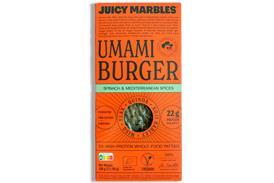


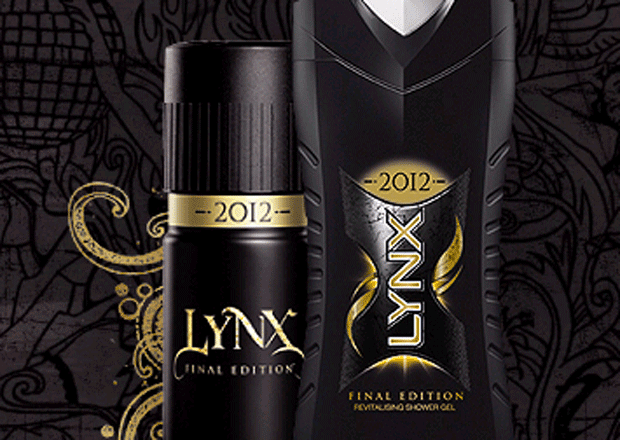

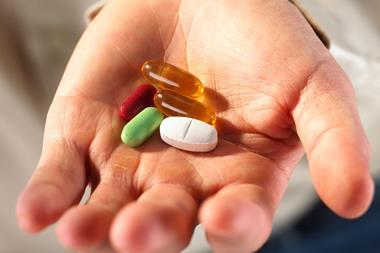
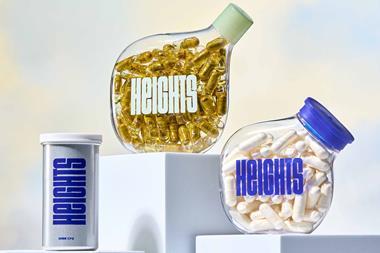

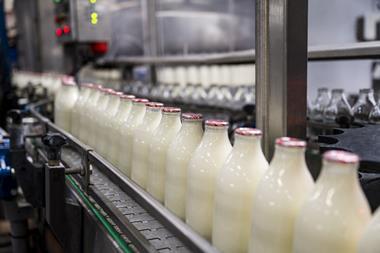


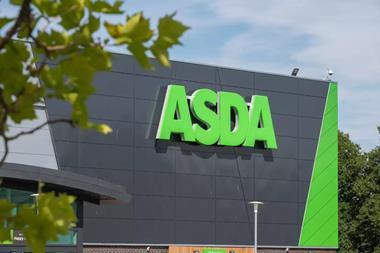
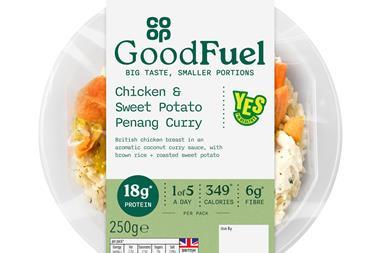
No comments yet